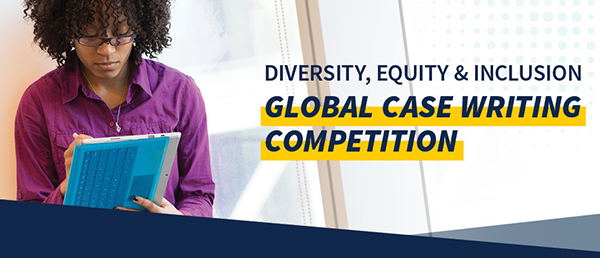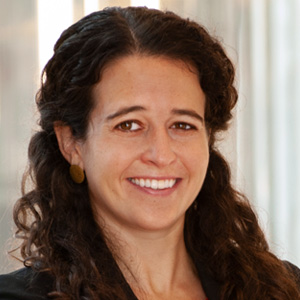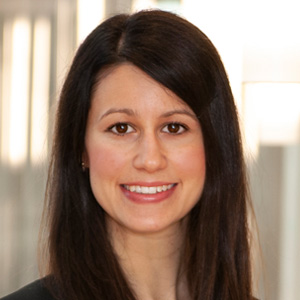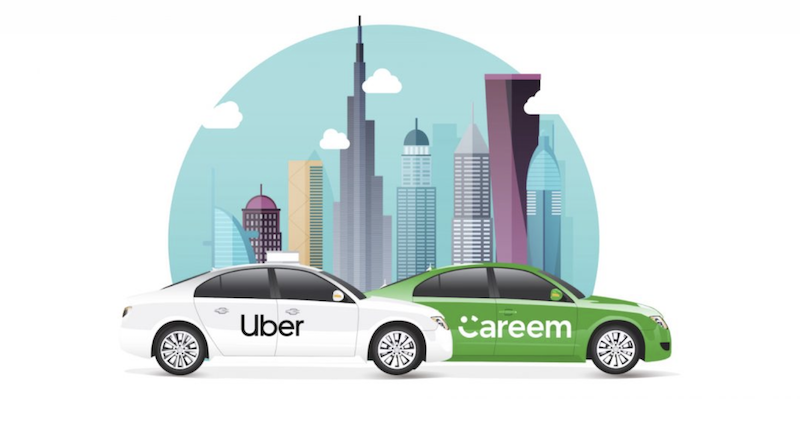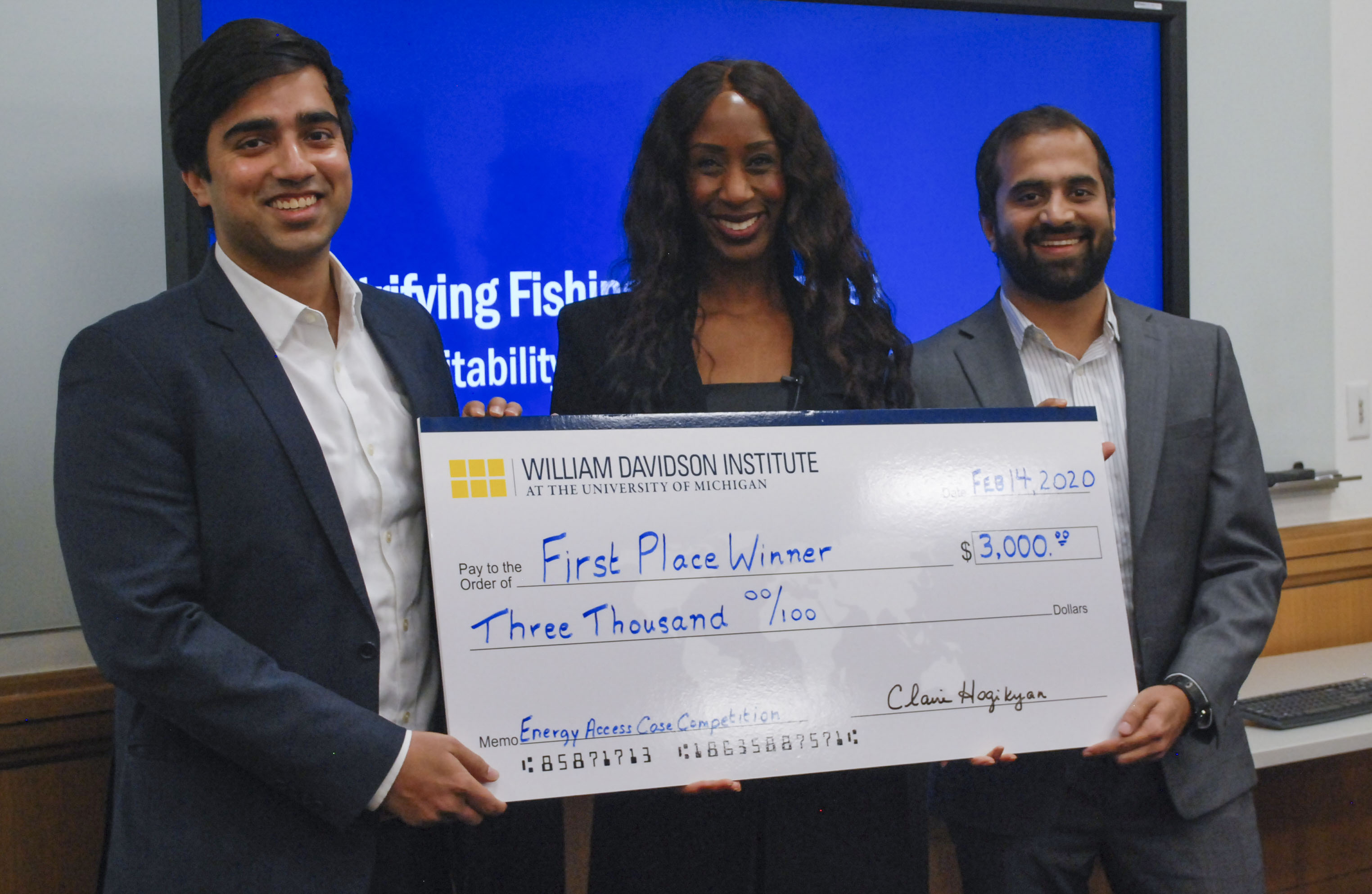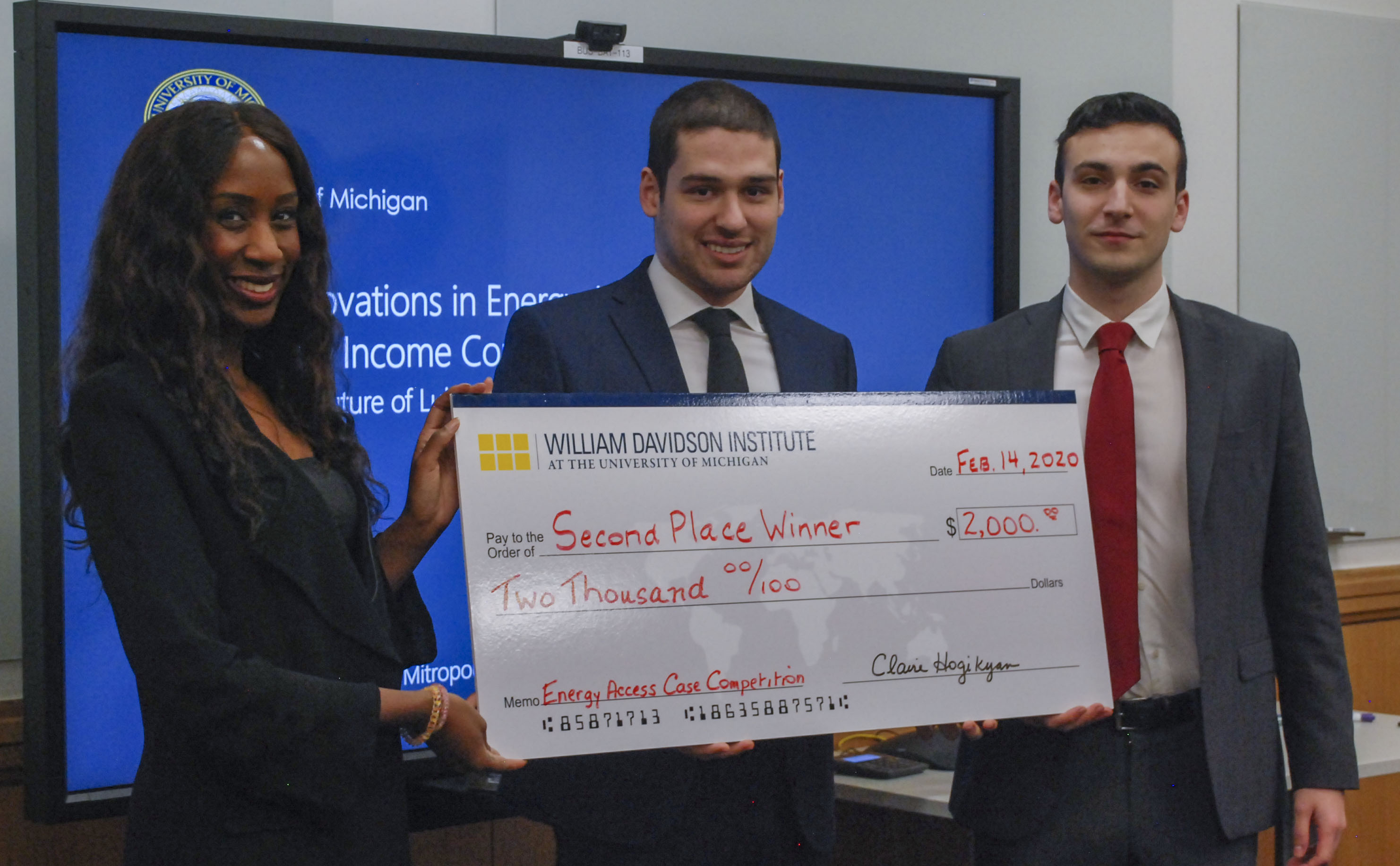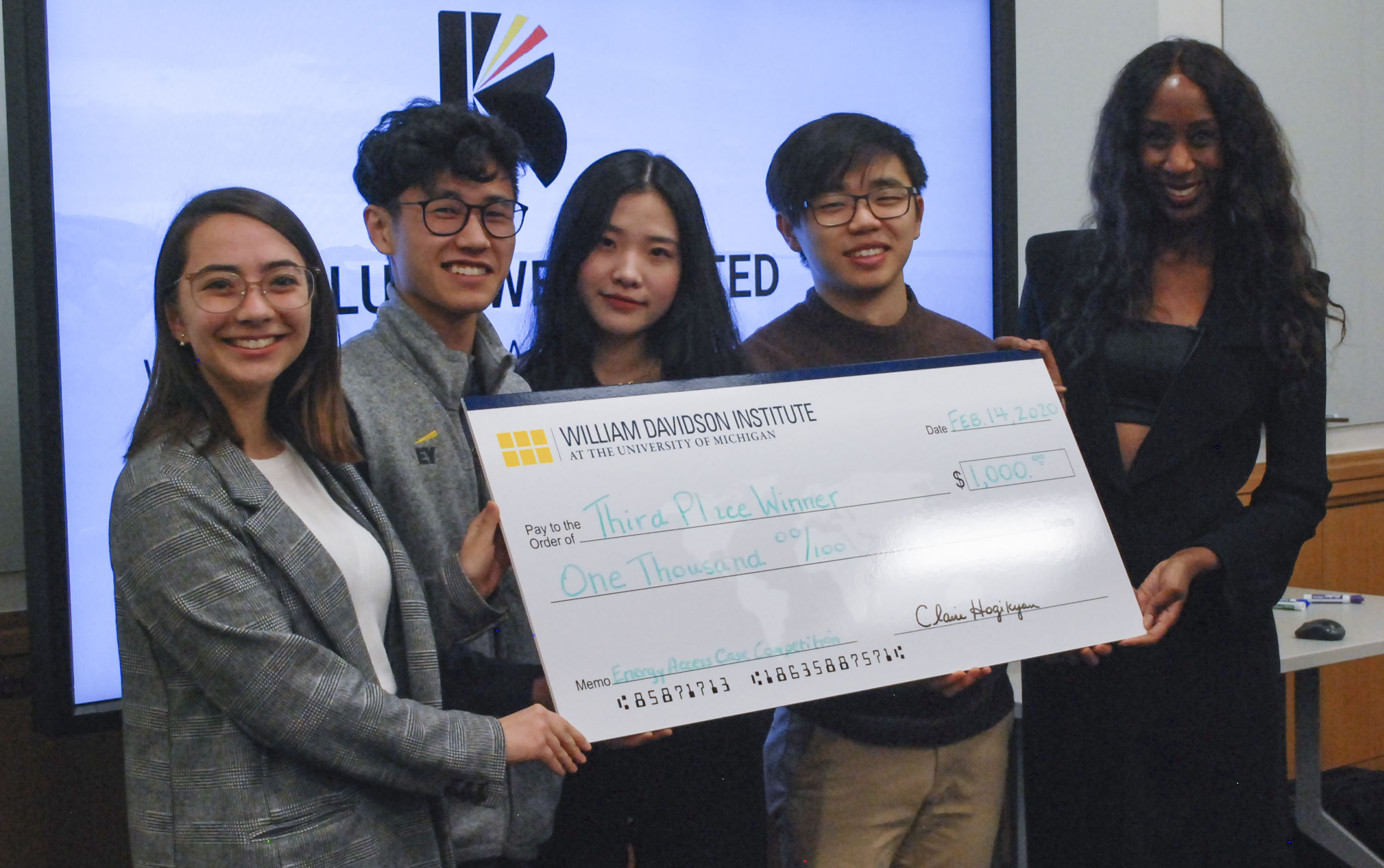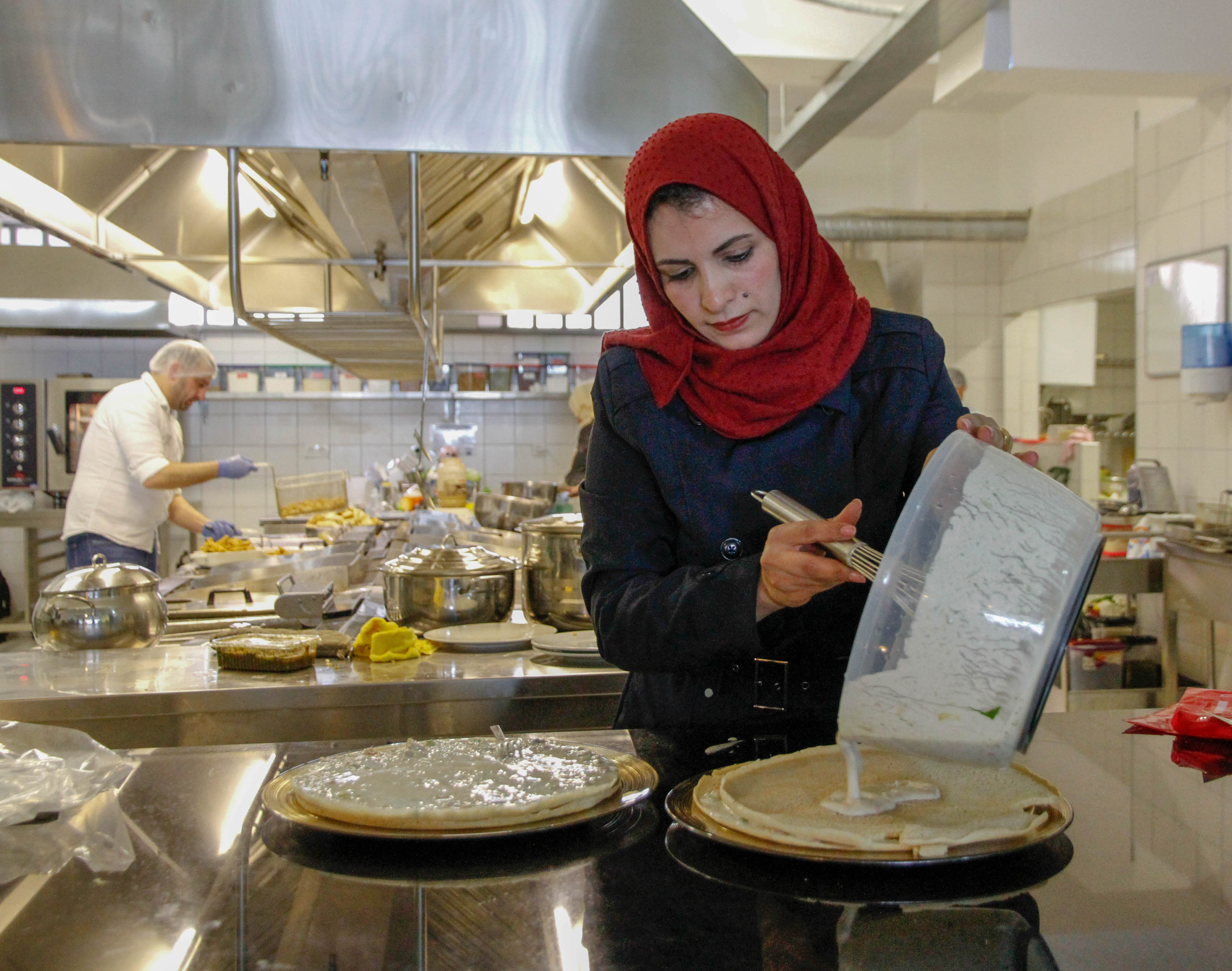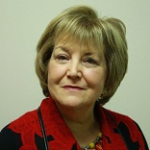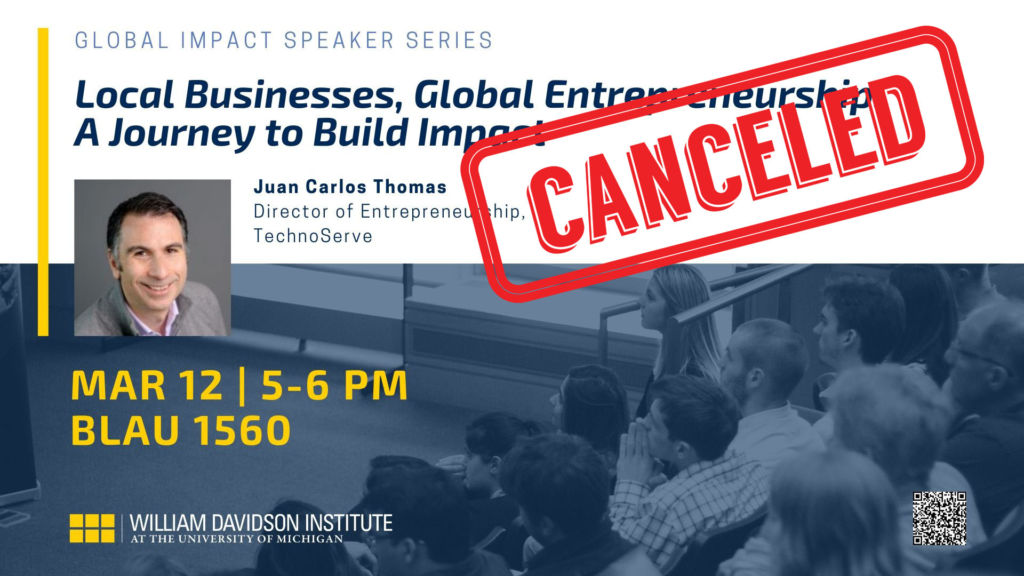
By Paul Clyde and Colm Fay
Pay as you go (PAYG) off-grid energy access business models are often vertically integrated, in that they include elements of manufacturing, distribution, consumer financing, payment collection and after-sales service. A topic of some debate within the PAYG sector is whether unbundling these business models, perhaps more accurately described as “disintegration,” is good or bad for the sector. Disintegration, or the outsourcing of aspects of the business model to service providers, provides more opportunities for specialization, which can result in more cost-effective business models. Indeed, some wonder whether companies in nascent energy markets might be better off avoiding vertical integration altogether and moving straight to disintegrated models.
We argue that vertical integration is neither inherently good, nor bad. It is a strategic decision for a business that depends on the presence of potential service providers, and the perceived risk of investments specific to that particular context. In the case of nascent markets like household energy access in low- and middle-income countries (LMICs), vertical integration may be a necessary step to overcome the reluctance of service providers to make these investments early in the life cycle of the market.
VERTICAL INTEGRATION ACROSS THE CENTURIES
This debate has played out in many other industries. Perhaps the most examined example is General Motors’ purchase of Fisher Body one hundred years ago.[1] According to one version of the story, General Motors wanted to begin selling metal closed-body cars – a completely different body style than used by any other automaker at the time, and a component that required very expensive stamping equipment to make. Fisher made the investment in the equipment, but only after assurances that it would be able to recover its investment and GM would not take advantage of it. These assurances came in the form of a 10-year exclusive contract for Fisher Body to supply car bodies to GM. However, GM’s sales volumes were much higher than expected. At the high unit price that Fisher had negotiated to protect its investment, Fisher was making a huge margin, much larger than either GM or Fisher anticipated. The difficulty in addressing this by revising the contract to account for all possible contingencies ultimately led GM to vertically integrate by purchasing Fisher Body in 1926.[2]
Since the initial article by Klein et al., many more have been written on the GM story, some disputing the facts and conclusions.[3] Nonetheless, the concept illustrated by the GM-Fisher Body story took hold. Specifically, a driving factor in the decision about whether or not to vertically integrate is the degree to which investments in assets to provide a critical service or input are tied to a specific context, a concept known in economics as asset specificity.[4] Vertical integration into specific assets has been shown in a wide variety of other industries including aerospace, shoes, textiles and pharmaceuticals.[5]
VERTICAL INTEGRATION IN OFF-GRID SOLAR
It is also similar to any number of present-day sellers and distributors of solar home systems (SHS) who may decide to incorporate consumer financing to deliver a PAYG value proposition. Generating revenue from SHS requires a component (e.g. hardware or software) that integrates solar panels with a consumer payment platform. That component would be specific to the SHS provider. The SHS provider could offer to pay a third party to develop the technology and the accompanying financing system, but any potential third-party provider would be justifiably concerned by the notion of making a big investment in the technology, only to see the SHS provider refuse to pay the initially agreed-upon price. If that happened, the technology/financing provider, having no viable alternatives, would be compelled to take the lower payment because it’s better than nothing. In the economics literature, the technology/financing provider is described as being “held up.” Realizing this, a technology/financing provider would require some assurance that they would be able to recoup their investment before they make it. This assurance could be very costly to provide, and the SHS provider may determine that developing the technology and the financing themselves is a better option.
Vertical integration can happen in either direction from a firm’s starting point in the value chain. Backward integration implies engaging in upstream activities that would previously have been executed by the supplier of an input or service. Forward integration implies engaging in downstream activities that would previously have used a product or service provided by the firm. When it comes to PAYG, one might look at provision of financing as an inseparable input into a value proposition that includes both product (solar panels, invertors, appliances) and service (financing, remote management) components – and therefore an example of backwards integration. Thomas Edison did something similar when he built his own electric utility to support the lightbulb he invented. Without the service provided by the first grid in downtown Manhattan, Edison’s lightbulb would have had limited appeal and market potential. Given that the success of the electric utility was tightly coupled to the success of the first lightbulb, it’s also not surprising that Edison himself was the only one willing to make the investment in such a specific asset.
Forward integration is prevalent in the household energy access sector as well, with many SHS providers also acting as distributors of consumer appliances. Investing in an appliance distribution network that can reach new energy consumers tied to an unproven SHS provider may be too specific an investment and therefore too risky for traditional appliance distributors. However, appliances ultimately drive demand for energy. With greater insight into the end customers and needing fewer assurances, forward integration could become feasible for that SHS provider – and perhaps even necessary. Indeed, it is entirely possible that as it develops more knowledge about the distribution of appliances, and as the industry moves towards disintegration, this same company may emerge with its comparative advantage being appliance distribution rather than, or in addition to, energy provision.
VERTICAL INTEGRATION ACROSS THE CENTURIES
This debate has played out in many other industries. Perhaps the most examined example is General Motors’ purchase of Fisher Body one hundred years ago.[3] According to one version of the story, General Motors wanted to begin selling metal closed-body cars – a completely different body style than used by any other automaker at the time, and a component that required very expensive stamping equipment to make. Fisher made the investment in the equipment, but only after assurances that it would be able to recover its investment and GM would not take advantage of it. These assurances came in the form of a 10-year exclusive contract for Fisher Body to supply car bodies to GM. However, GM’s sales volumes were much higher than expected. At the high unit price that Fisher had negotiated to protect its investment, Fisher was making a huge margin, much larger than either GM or Fisher anticipated. The difficulty in addressing this by revising the contract to account for all possible contingencies ultimately led GM to vertically integrate by purchasing Fisher Body in 1926.[4]
Since the initial article by Klein et al., many more have been written on the GM story, some disputing the facts and conclusions.[5] Nonetheless, the concept illustrated by the GM-Fisher Body story took hold. Specifically, a driving factor in the decision about whether or not to vertically integrate is the degree to which investments in assets to provide a critical service or input are tied to a specific context, a concept.
“Rather than being an inherently good or bad thing, vertical integration in off-grid energy (or any industry for that matter) is often a necessary feature of early-stage market development…”
MATURING PAST THE NEED FOR VERTICAL INTEGRATION
As markets mature, the degree to which asset specificity requires integration can be expected to wane, allowing for vertically integrated models to be disintegrated, or for new entrants to avoid vertical integration altogether. There are a few reasons for this.
First, mature markets are generally characterized by a larger number of buyers and sellers. If there is more than one trading partner, the asset is no longer specific to a particular trading partner.
Firms subject to the risks of asset specificity have developed some clever ways to increase the number of potential trading partners. For example, in 2013 GE introduced a platform called CNG in a Box that opened up many markets, including many markets in LMICs, to its compressed natural gas (CNG) products. The box was a standard shipping container easily loaded on trains, on the back of a typical 18-wheel truck or in an ocean-going container ship. Inside the box was a motor, a compressor and everything else needed in a compressed natural gas fueling station. Before CNG in a Box, customers were asking for CNG sellers to invest in stations that could deliver compressed natural gas in a specific location, using connections that might be specific to the customer. GE could produce and deploy CNG in a Box without any concerns of being “held up” – if a buyer tried to lower the price, GE could just pick up the box and take it to a different customer.
Second, mature markets allow buyers and sellers to develop reputations – reputations that can overcome some of the concerns related to specificity. For example, even if an SHS provider remains the only electricity provider in the area, it has the incentive to increase demand for services by supporting complementary product or service providers, such as appliance distributors. Over time, the SHS can develop a reputation for continuing to transact without exploiting the appliance provider, and the SHS has the incentive to maintain that reputation in order to encourage other appliance providers to enter the market.
Rather than being an inherently good or bad thing, vertical integration in off-grid energy (or any industry for that matter) is often a necessary feature of early-stage market development that gives way to disintegration as the industry matures. Indeed, this cycle may happen multiple times, as innovations disrupt an industry and introduce new business models.[6] By looking to the experience of other industries, we can better understand where we are in these cycles – and how best to make the investments that will accelerate the development of efficient markets.
[1] Klein, B., Crawford, R. G. & Alchian, A. A. 1978. Vertical Integration, Appropriable Rents, and the Competitive Contracting Process. The Journal of Law & Economics Vol. 21, No. 2 (October 1978). pp. 297-326
[2] LaFontaine, F. & Slade, M. 2007. Vertical Integration and Firm Boundaries: The Evidence. Journal of Economic Literature Vol. XLV (September 2007). pp. 629–685
[3] Klein, B., Crawford, R. G. & Alchian, A. A. 1978. Vertical Integration, Appropriable Rents, and the Competitive Contracting Process. The Journal of Law & Economics Vol. 21, No. 2 (October 1978). pp. 297-326
[4] Klein, B. 2007. The Economic Lessons of Fisher Body–General Motors. Int. J. of the Economics of Business, Vol. 14, No. 1, February 2007. pp. 1–36
[5] Coase, R. 2006. The Conduct of Economics: The Example of Fisher Body and General Motors. Journal of Economics & Management Strategy, Volume 15, Number 2, Summer 2006. pp. 255–278
[6] Foster, J. & Metcalfe, J.S. 2003. Frontiers of Evolutionary Economics: Competition, Self-Organization, and Innovation Policy. Edward Elgar Publishing, Incorporated. pp. 56-59

Paul Clyde, President
William Davidson Institute
Paul Clyde is the president of WDI, the Tom Lantos Professor of Business Administration and the Movses and Maija Kaldjian Collegiate Lecturer of Business Economics and Public Policy at the University of Michigan’s Ross School of Business.

Colm Fay, Program Manager
William Davidson Institute
Colm Fay is a program manager leading the Energy Sector at WDI. He leads research projects focused on identifying innovative approaches to power generation and designing commercially viable business models.
Photo courtesy of andreas160578.

